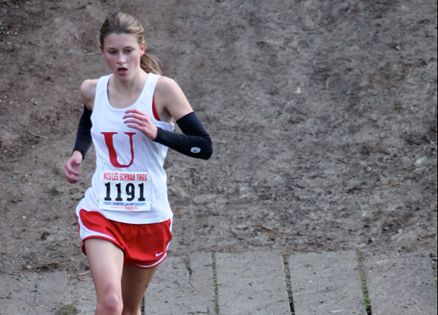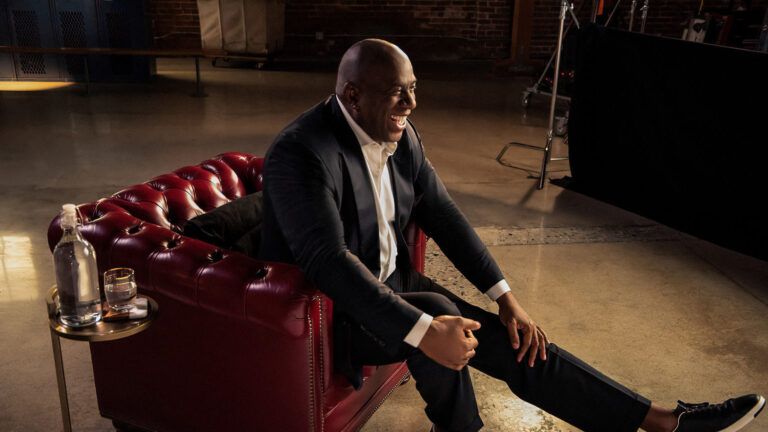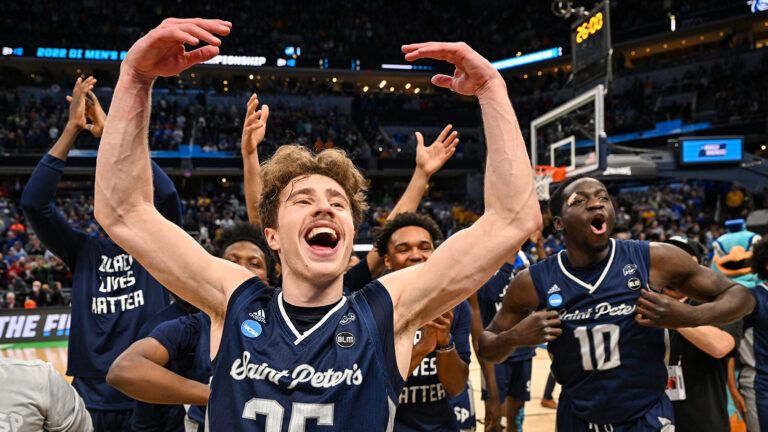The first sign that San Francisco University High School track coach Jim Tracy had Amyotrophic Lateral Sclerosis, or ALS (also known as Lou Gehrig’s disease) was about five years ago, when one of his thumb muscles ceased functioning.
The debilitating disease advanced with ever-increasing speed. Three years ago Tracy, 60, a skilled runner, found himself for the first time unable to keep up with his athletes.
Prior to the start of the fall 2010 season, school athletic director Jim Ketcham gathered the girls cross-country team and informed them of Tracy’s condition. There was shock, tears. Tracy deteriorated rapidly after that. He sat in a chair at practice. Several times he fell down.
The team, sensing that Tracy would be forced to retire after the season, was determined to win the state championship. Particularly Holland Reynolds, the 16-year-old girls team captain. She was devoted to Tracy.
“He always tells the truth,” Reynolds told The New York Times. “If you ask him, ‘Well, how do you think I did today?’ he’ll tell you, ‘You had a bad race.’ It’s because of his honesty that when you receive a compliment from him, you know you’ve done really well, and it makes the runners want to strive to please him.”
The state championship was held in Fresno, California, in late November. The team seemed on its way to victory. One race remained: the 3.1-mile cross-country event, Reynolds’ specialty.
Reynolds passed the 2.5-mile marker in third place. Then something happened. She began to lose steam. A platoon of runners passed her. Perhaps it was because the weather was unseasonably cool, and she was fighting a slight cold. Maybe she didn’t drink enough water. But whatever the reason, she suddenly collapsed, two yards from the finish line, unable to regain her feet.
Brian Weaver, a race official, rushed to her side. He told Reynolds what she already knew: If she finished the race, University High would win the championship. If she didn’t, she’d be disqualified and her team would lose.
Reynolds gathered her strength and began to crawl.
I would have picked her up and carried her straight to the ambulance [if she had been in immediate danger],” Weaver told The Times. “But she was able to make eye contact with me. Her body was tired, but she was mentally all there.”
Tracy, who was now wearing leg braces, hobbled to the finish line to meet up with Reynolds.
“It took over 20 seconds for her to crawl two yards,” he said in amazement.
The instant Reynolds crossed the line, Weaver, and others carried her to an ambulance. Hours later, she was well enough to return home—a champion.
Download your FREE ebook, True Inspirational Stories: 9 Real Life Stories of Hope and Faith




